Sensitive subject. Should we focus on the snowshoe holds to progress to padel ? One thing is certain, it is that racket grips exist and it would be a shame not to know them.
Play at padel is easy, we keep repeating it. But the day comes when the level of play increases and something must be done to counter our opponents. The change of take is one of them. On the professional circuit, Juan Lebron is certainly one of the players who changes his grip the most often… and it works, he is number 1.
So be careful with the change of grip. It should be done wisely for the sake of performance research, not because it's written in a book or because someone “forced” you to do it. Let's discover or rediscover the sockets used at padel.
The waiting position
First of all, it is important to note that the waiting position with the pala held with 2 hands in front of us, is essential for the change of grip. The non-dominant hand will allow the pala to be correctly placed in the dominant hand. At first you will have to think, but with time and experience the different hand positions will be found automatically.
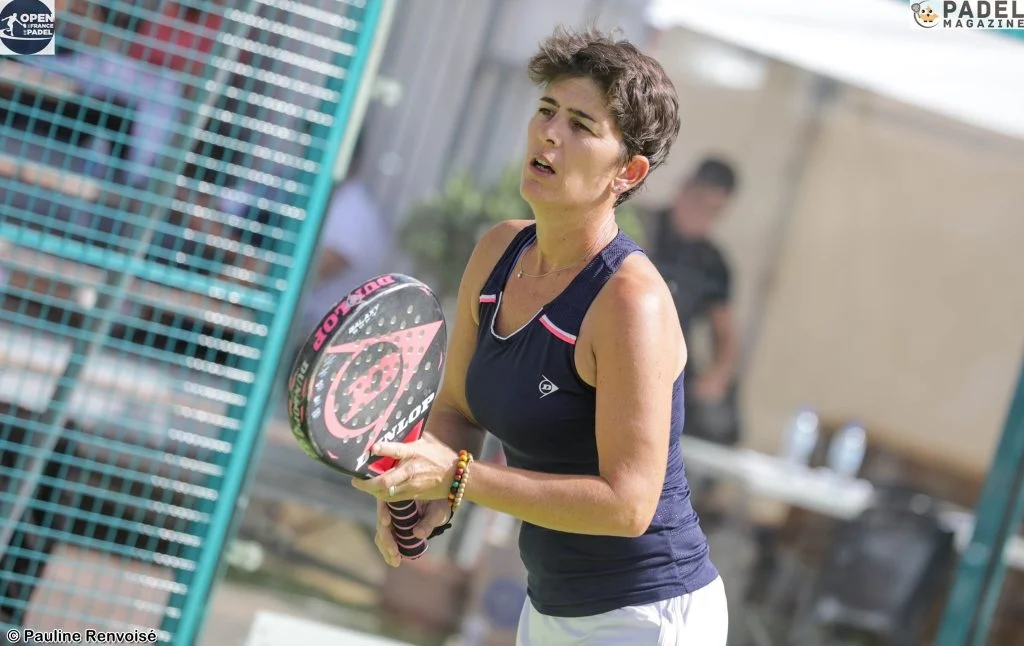
The mainland
The continental grip or the hammer grip is the grip that allows access to all the blows of the padel. Forehand, backhand with one or two hands, window exits, volleys, high balls, you have access to the game in general. For the “purists” of the catch, it is the basic position that one learns in the school of padel.
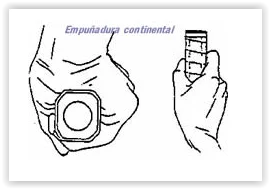
The eastern forehand
For a right-hander it will be on the right side of the handle, for a left-hander it will be on the left side. This grip is generally used to play forehands, as its name suggests. The tilt of the pala makes it easy to cover the ball when striking, which provides a straight trajectory and more speed of play. This grip is also used on the backhand. And yes, the cut, sliced back can be done with this same grip just like the back window exits. But that's not all. During high balls, this eastern forehand will delight fans of bandejas. Sieve oriented towards the sky, this grip will facilitate the plateau effect.
The full eastern forehand
It is a socket that is not used much in the padel but they can tempt some players with a very flexible wrist. Usually this grip is used to give a topspin effect to the ball so that it has a curve and a pronounced spin that will fall into the feet of the players at the net. It can be used in the same cases as the forehand east but only with certain players (try and you will see).
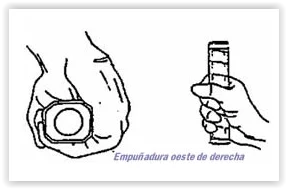
La eastern de setback or western
We go to the other side of the handle. For a right-handed person we will be on the left side of the handle, and for left-handed people, on the right side. This is the most common grip for performing one or two handed backhands. Using the eastern backhand allows you to hit the flat ball while relying on the speed of the opponents. This grip is also very interesting for forehand window exits because the pala can act like a spoon. Beyond the defense, the eastern backhand is used for high balls of type vibora or smash. The inclination of the pala allows to give effects either sideways or topspin from bottom to top for high net play but also for attack play out of the window.
Full eastern reverse or full western
This is the extreme of the reverse. Not easy to negotiate a setback with this grip for ordinary people. Only a few extraterrestrials are capable of it. The same goes for the high game. Such a closed grip can cause you to hit the ball on the edge. On the other hand, it will be used during the balls at ground level when exiting the forehand glass.
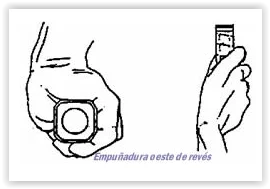
Conclusion
Knowledge of snowshoe grips is an essential element in your progression in the padel. Trying new things, discovering new moves, new effects, will make you become better. But don't skip the steps, take it step by step, the day you need to change your take you will feel it.
Julien Bondia is a teacher of padel in Tenerife (Spain). Columnist and advisor, he helps you play better through his tutorials and tactical/technical articles padel.




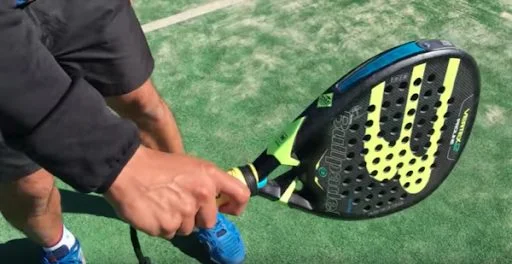
































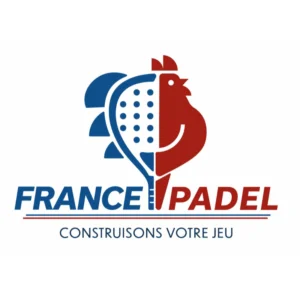


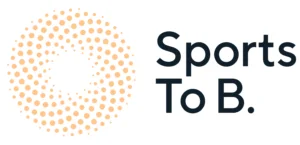

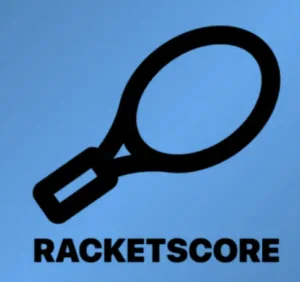

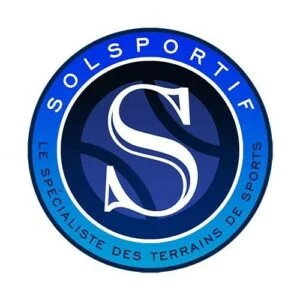

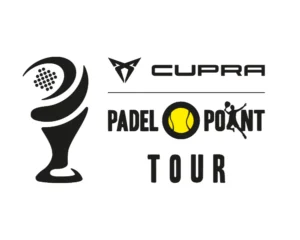







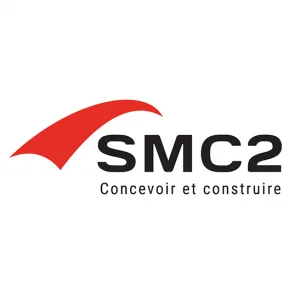


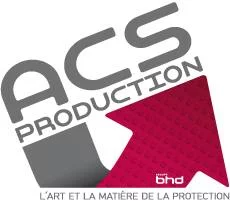
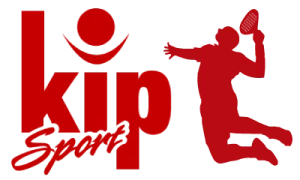






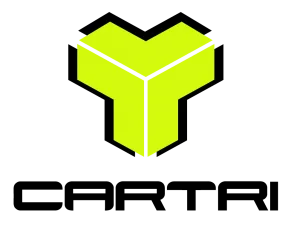



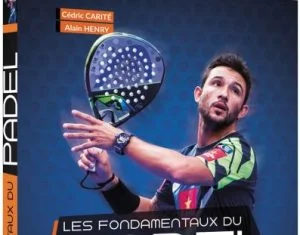




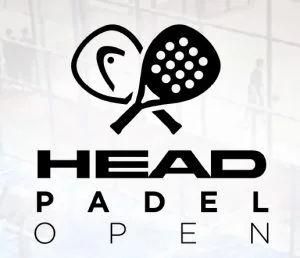

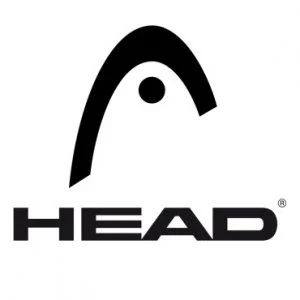


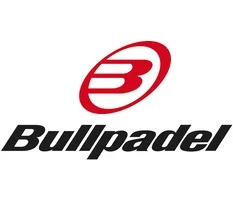
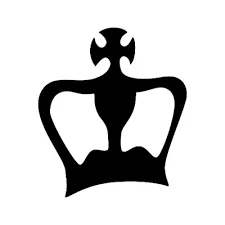


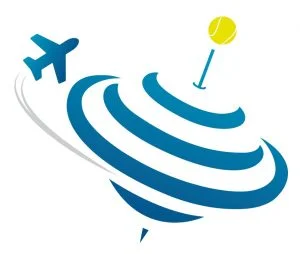
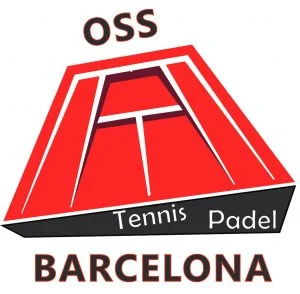
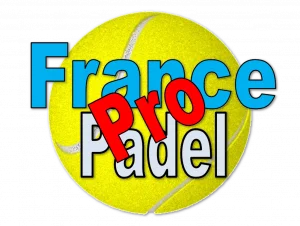


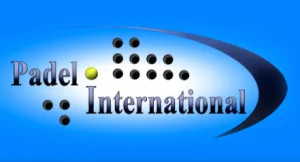

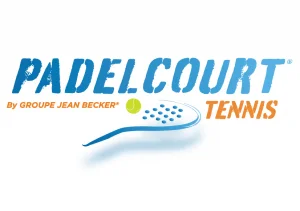
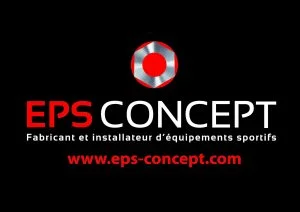



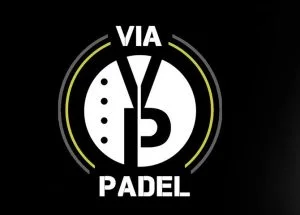




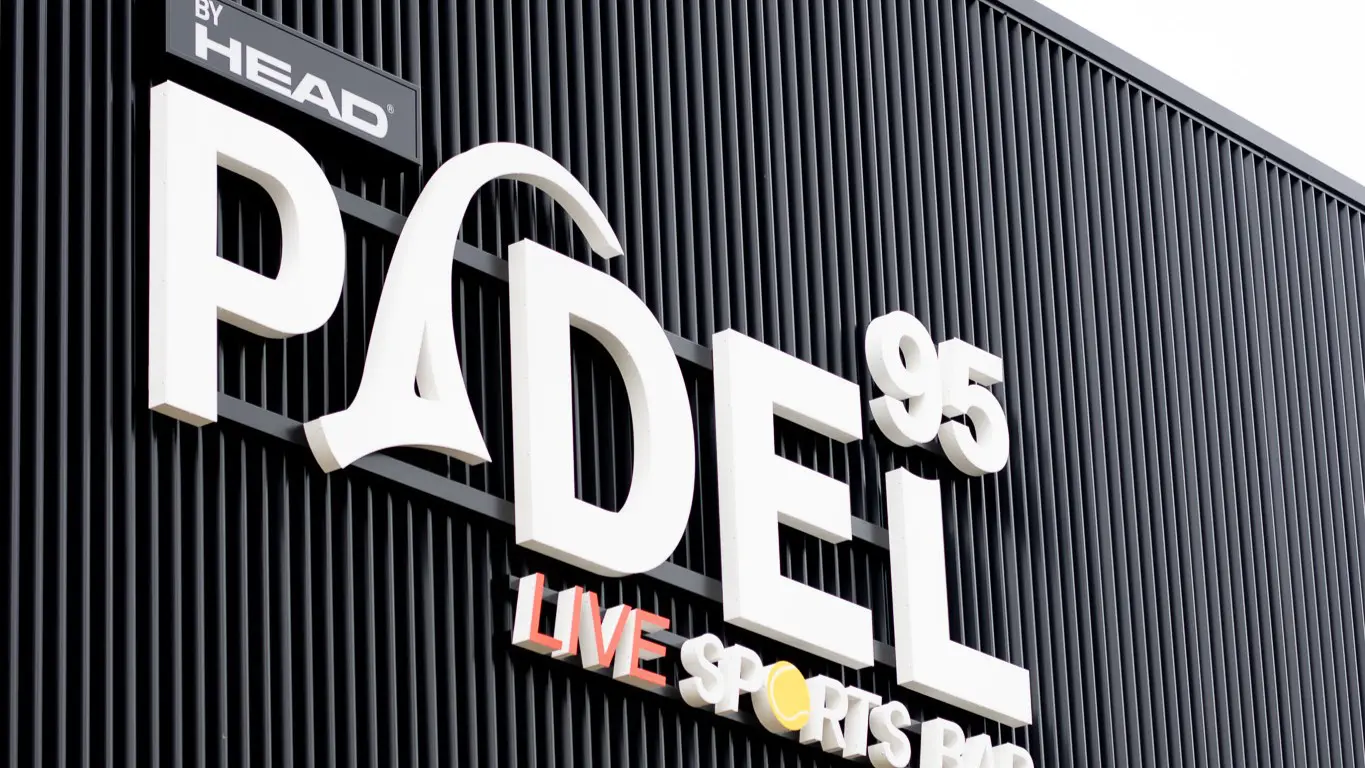 Padel 95: a brand new complex in Pontoise!
Padel 95: a brand new complex in Pontoise!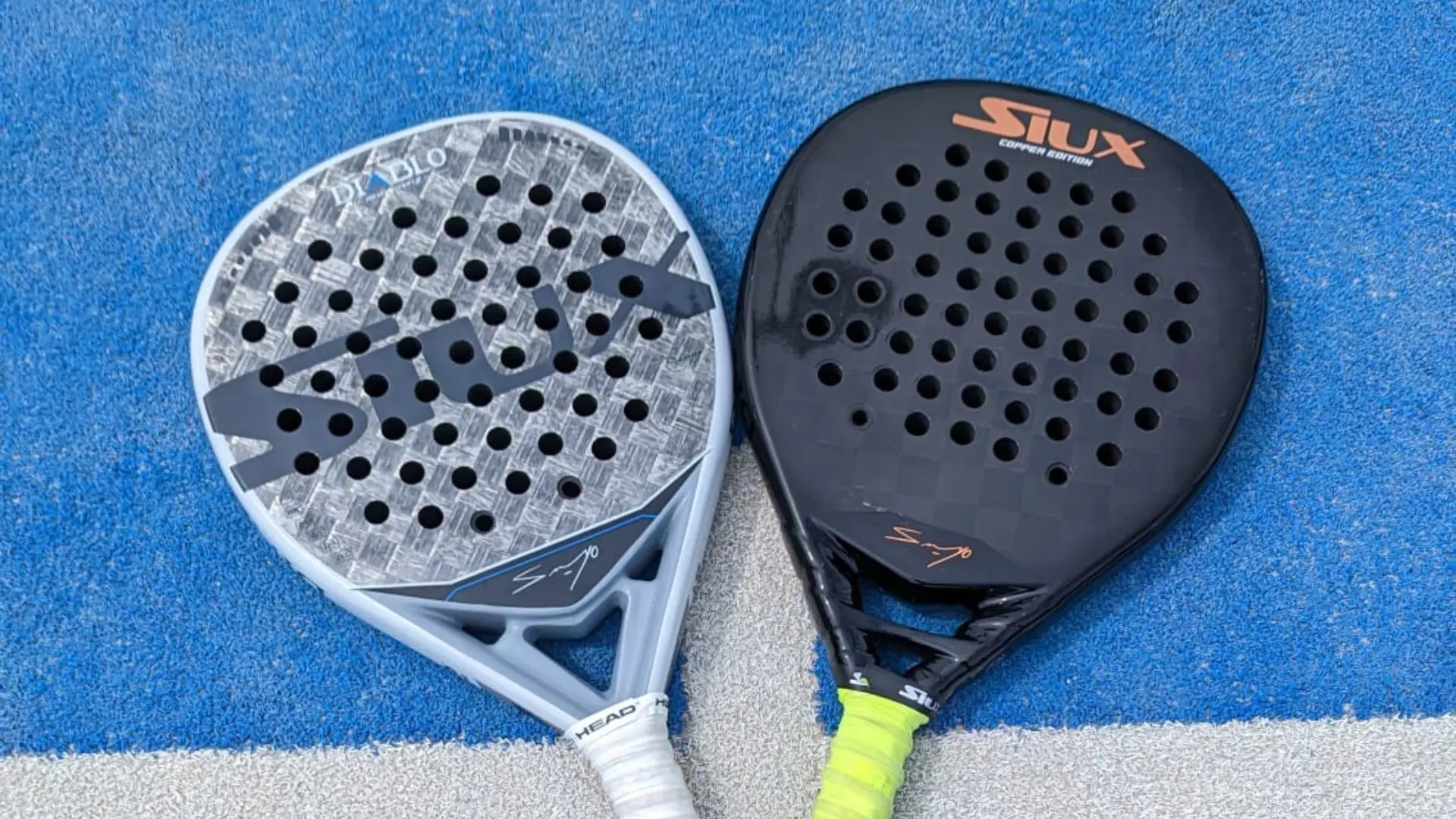 Do you know snowshoes? padel hybrids?
Do you know snowshoes? padel hybrids? Gemma Triay: “I want to help my partner open up”
Gemma Triay: “I want to help my partner open up”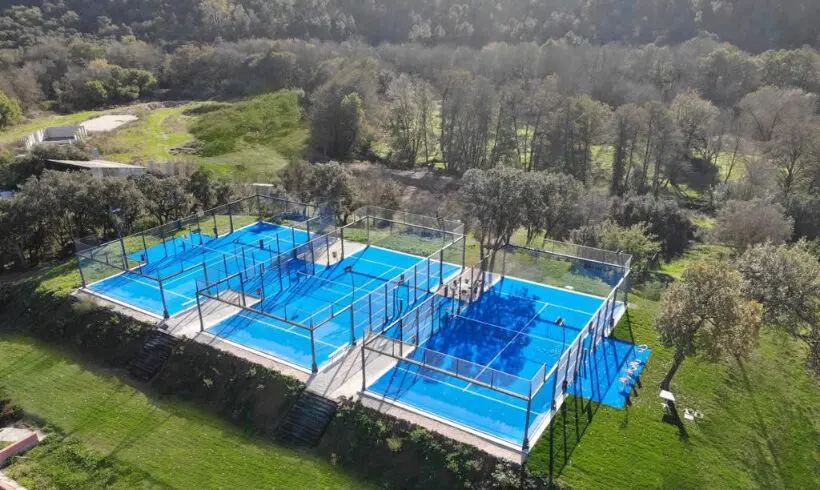 Kevin Fouquet: “We plan to add 5 new tracks soon”
Kevin Fouquet: “We plan to add 5 new tracks soon”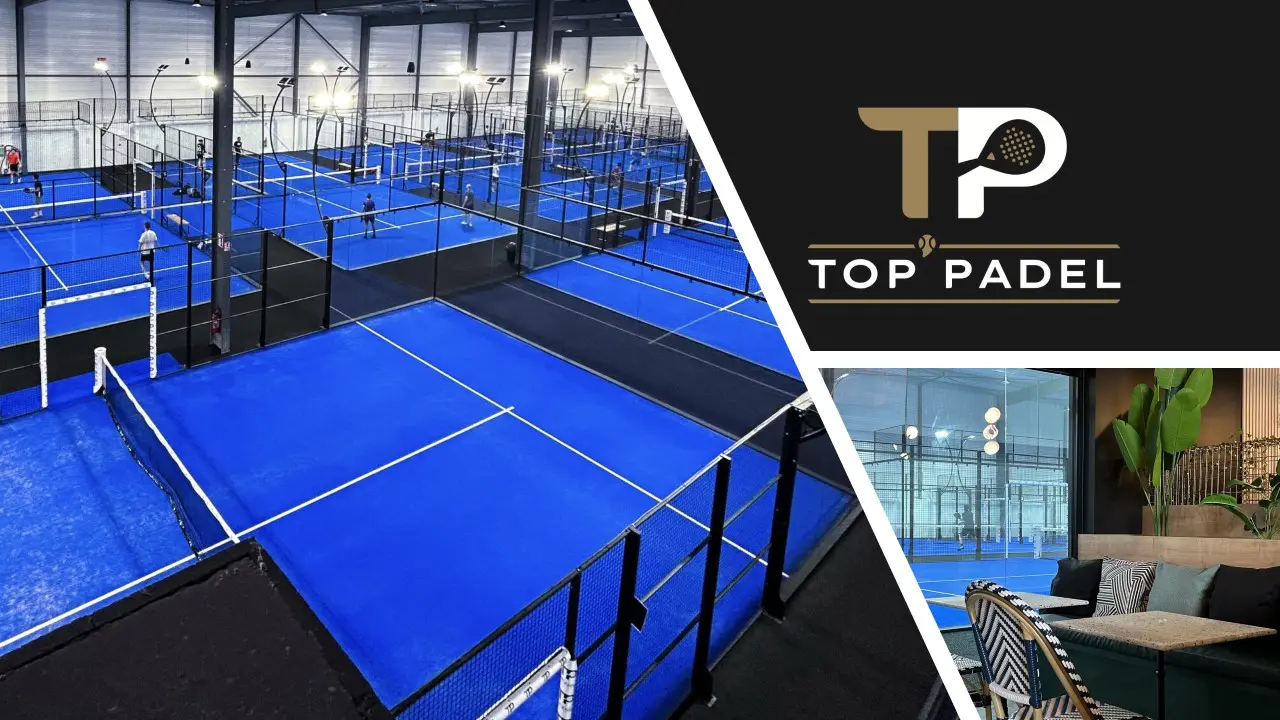 TOP Padel : “A premium club with 10 slopes in Toulouse”
TOP Padel : “A premium club with 10 slopes in Toulouse”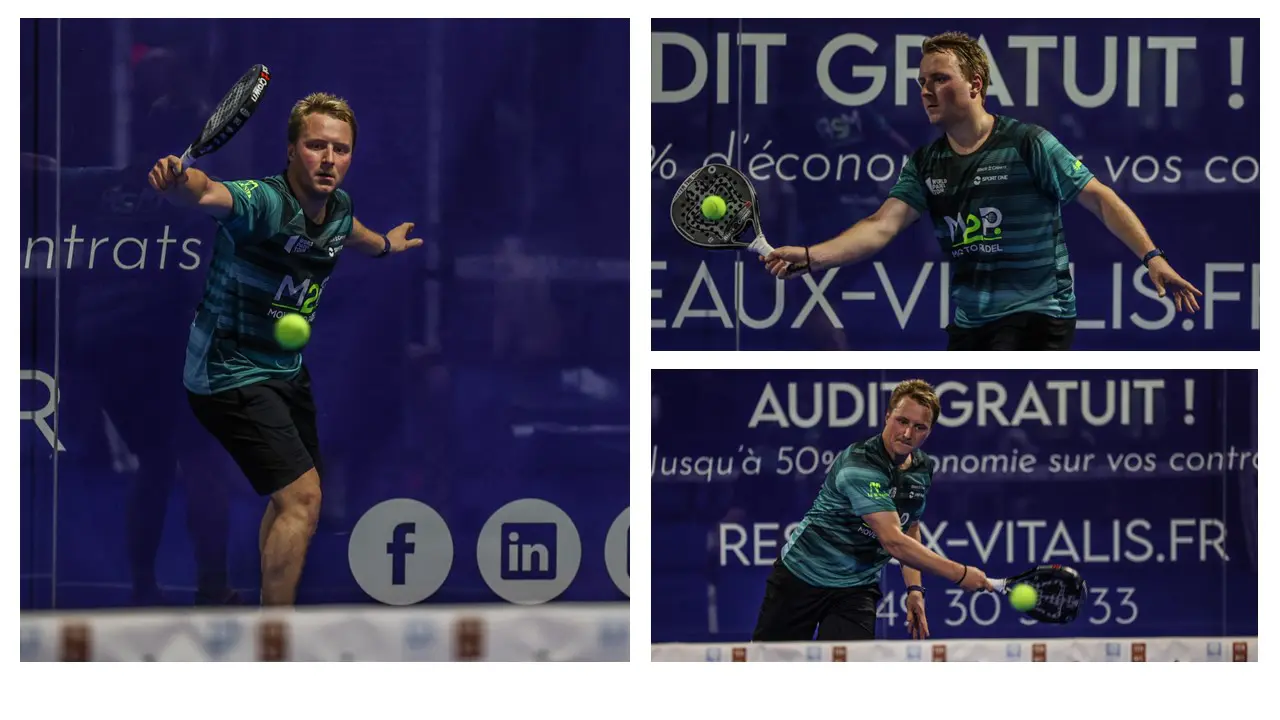 Jeremy Gala: “Promote the padel among young people in Belgium remains a challenge”
Jeremy Gala: “Promote the padel among young people in Belgium remains a challenge”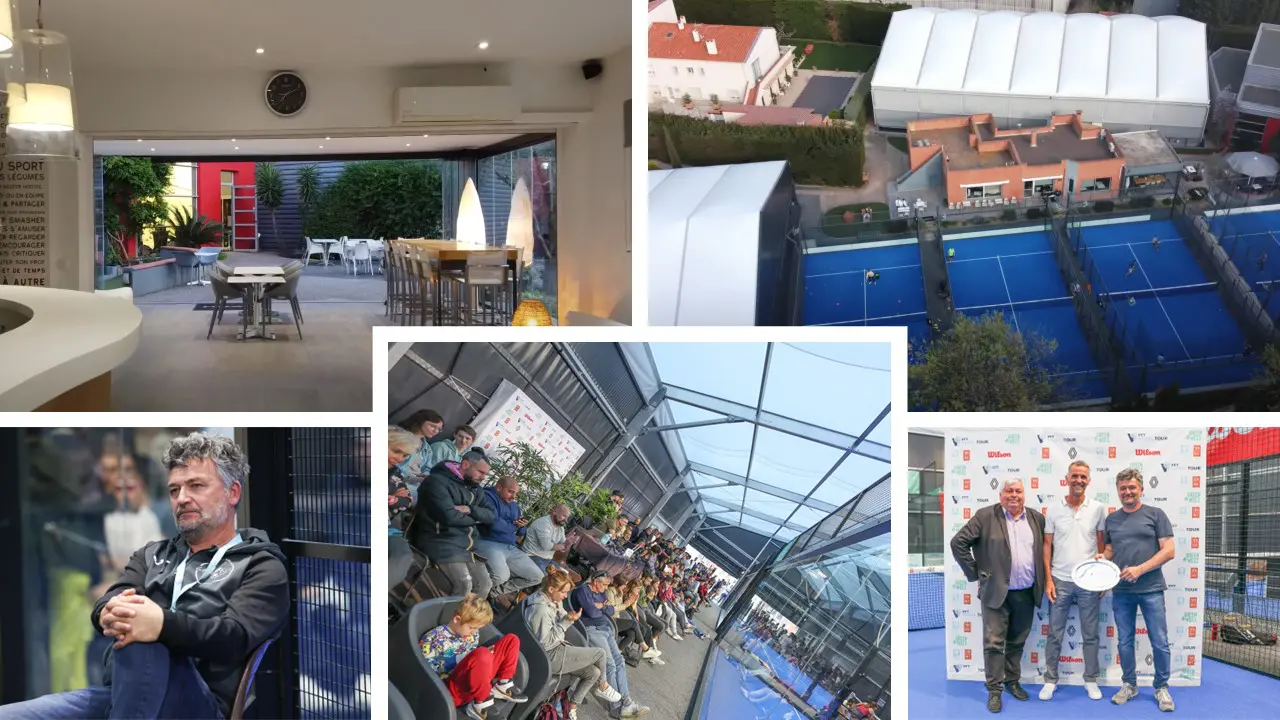 Alain Henry: “We went from 100% tennis to 100% padel"
Alain Henry: “We went from 100% tennis to 100% padel" Streamer Domingo launches a challenge to the Betclic Remontada Padel
Streamer Domingo launches a challenge to the Betclic Remontada Padel FIP Rise Nola – Joris / Vanbauce unstoppable and takes the TS6: Di Giovanni / Cremona
FIP Rise Nola – Joris / Vanbauce unstoppable and takes the TS6: Di Giovanni / Cremona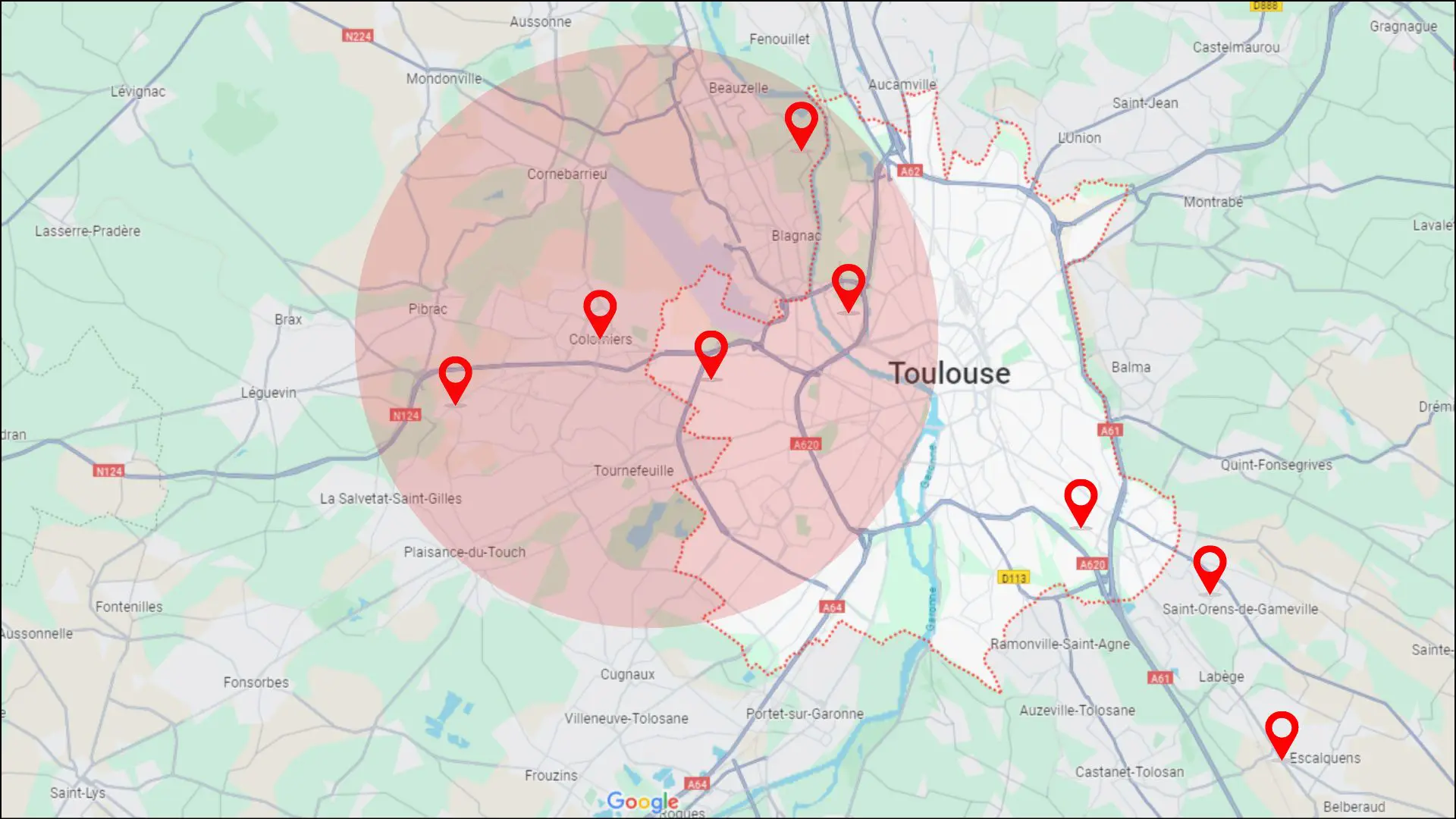 Toulouse: 40 slopes within an area of 8km2… a record!
Toulouse: 40 slopes within an area of 8km2… a record! World Seniors Plus 2024: France favorite of its groups
World Seniors Plus 2024: France favorite of its groups World Seniors Plus 2024: the point before the start of the championship
World Seniors Plus 2024: the point before the start of the championship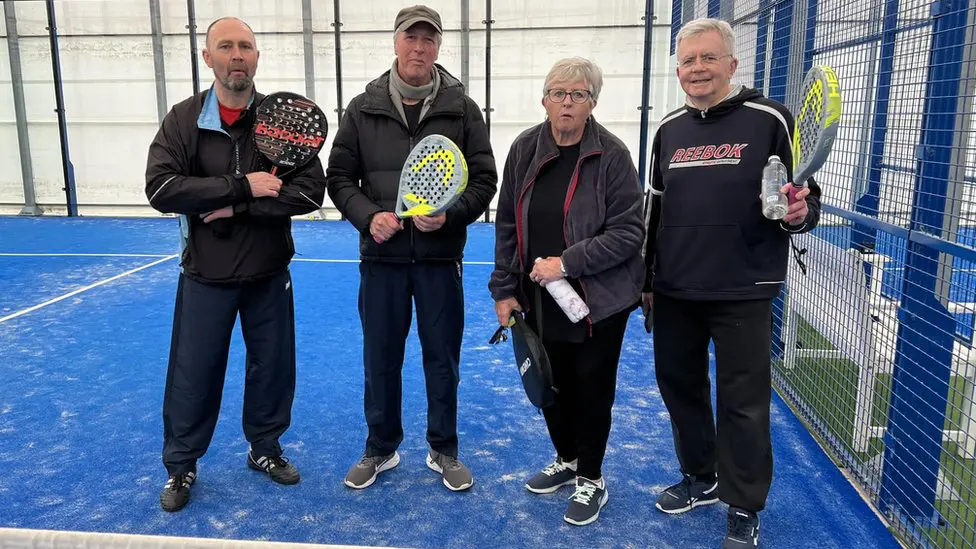 La padel to fight Parkinson's disease
La padel to fight Parkinson's disease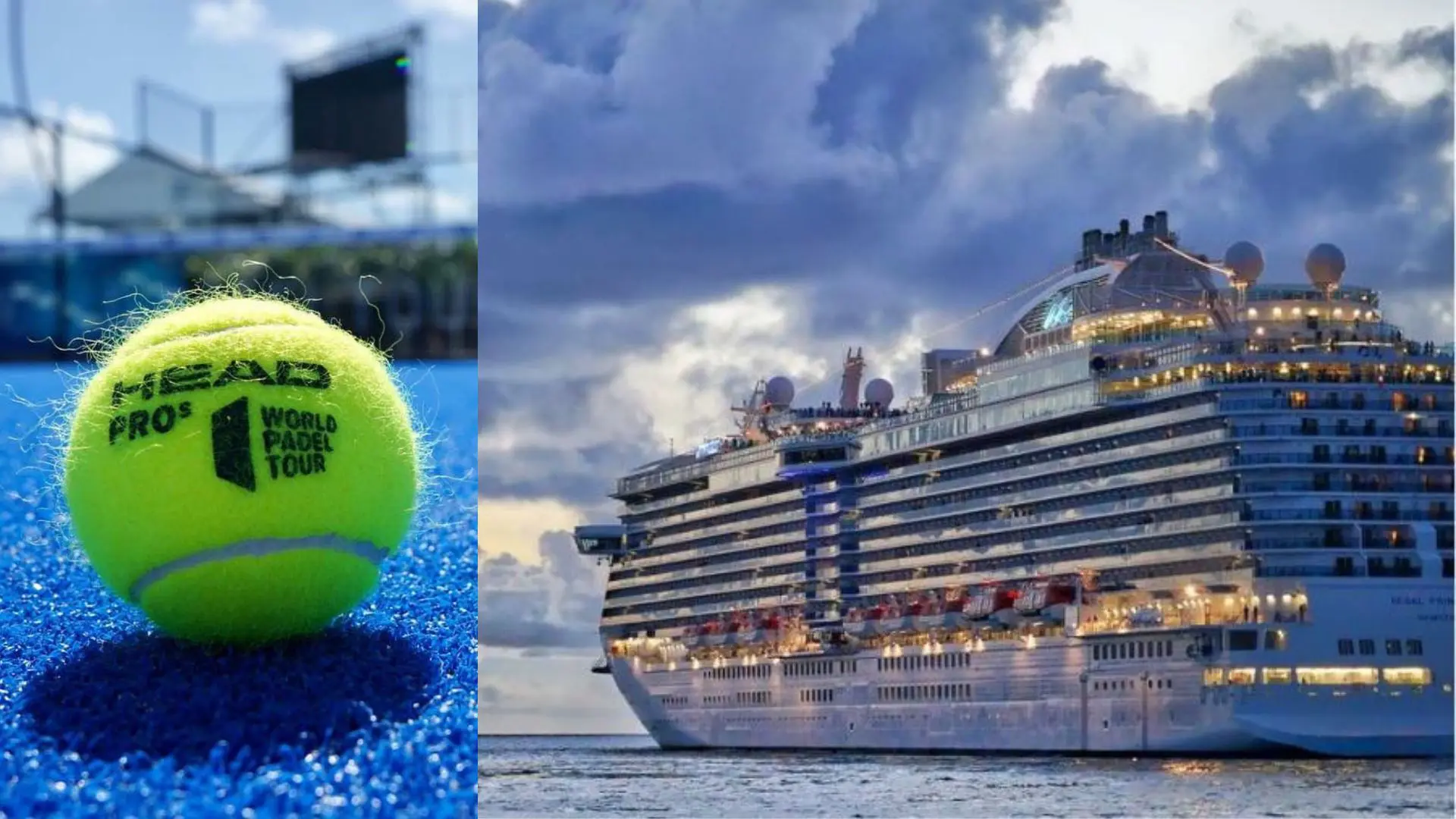 Play at padel on his yacht? Possible for €233.000!
Play at padel on his yacht? Possible for €233.000!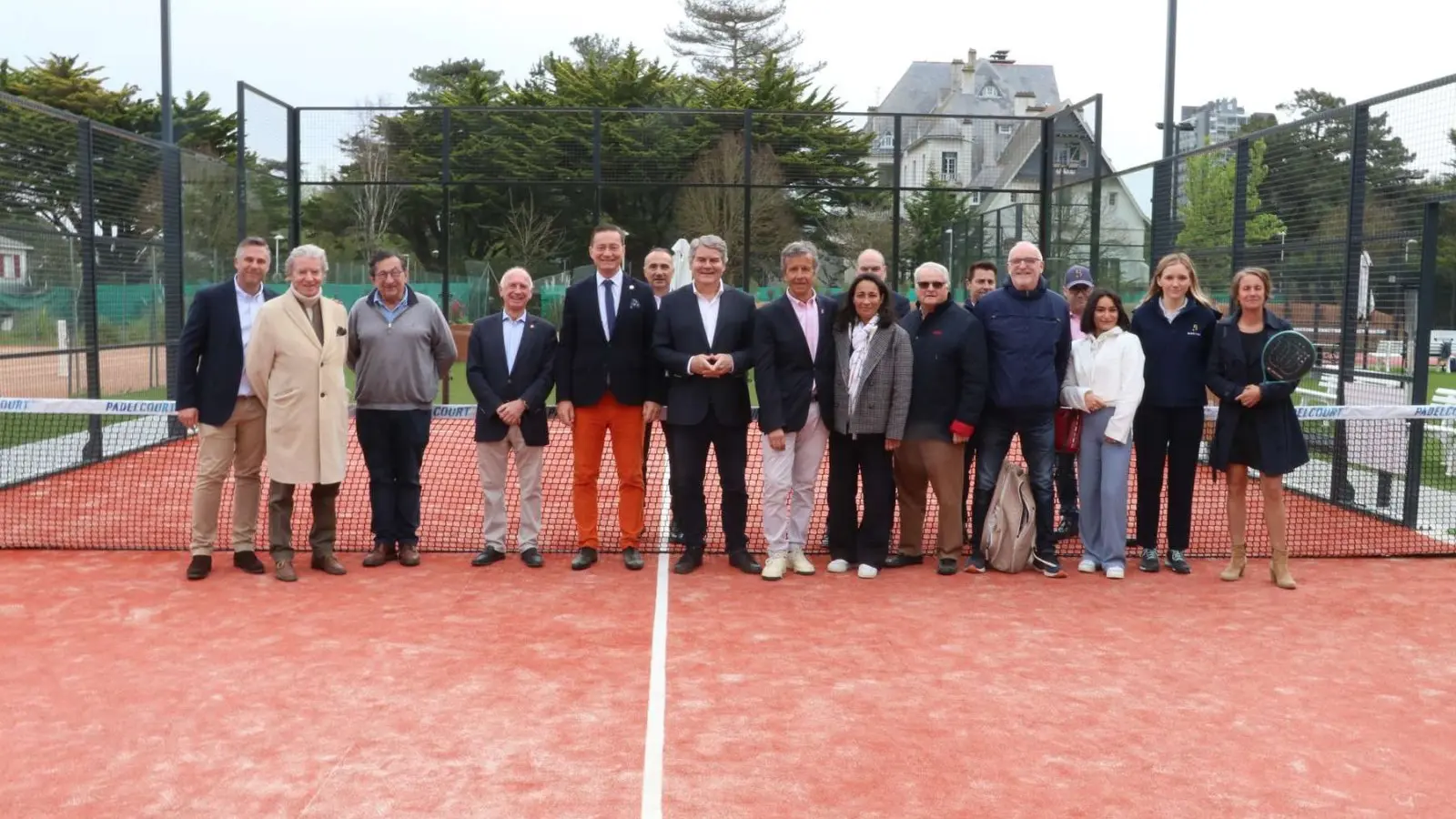 The padel of the Barrière Country Club are born in La Baule
The padel of the Barrière Country Club are born in La Baule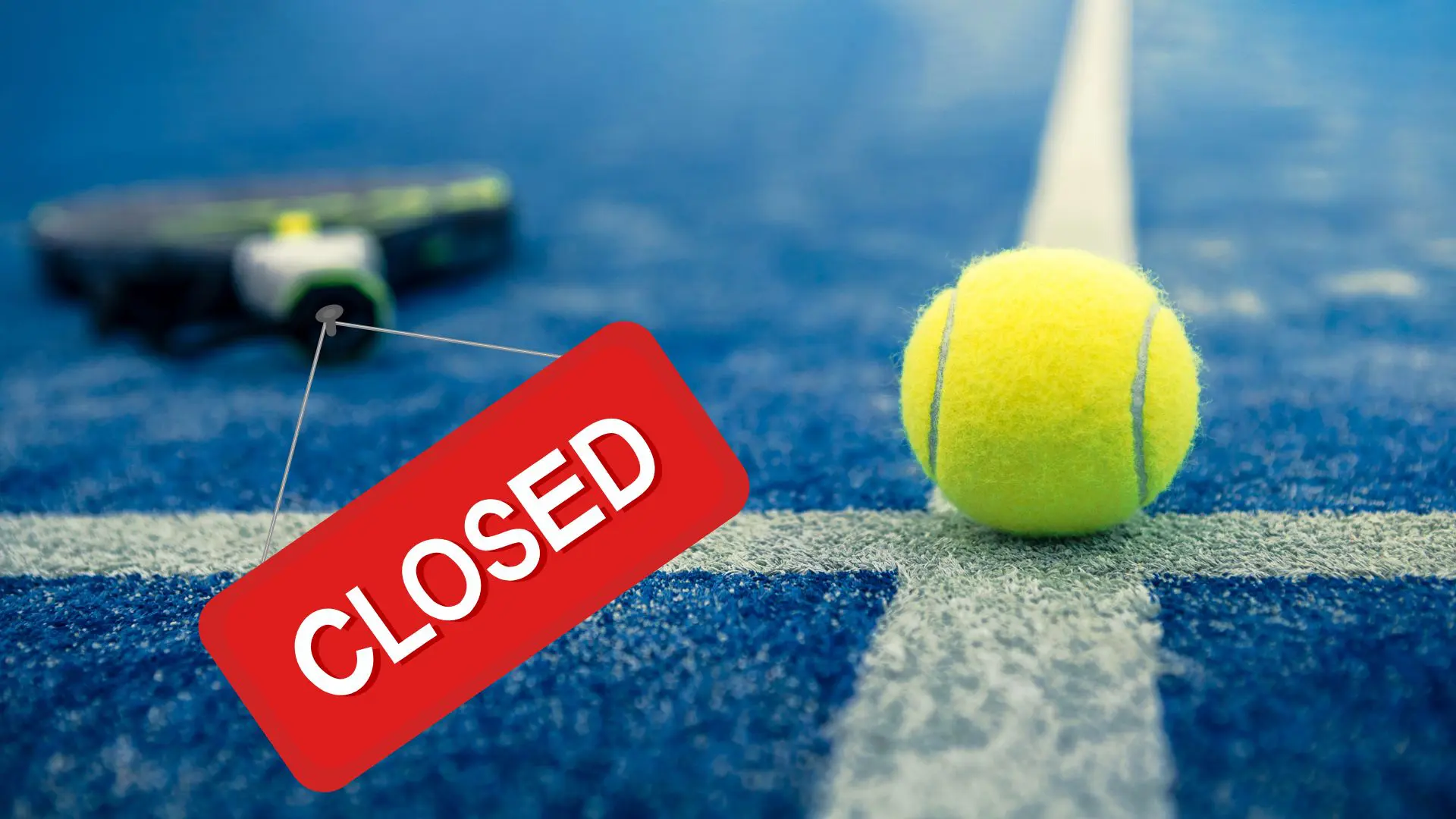 Why clubs padel do they close?
Why clubs padel do they close?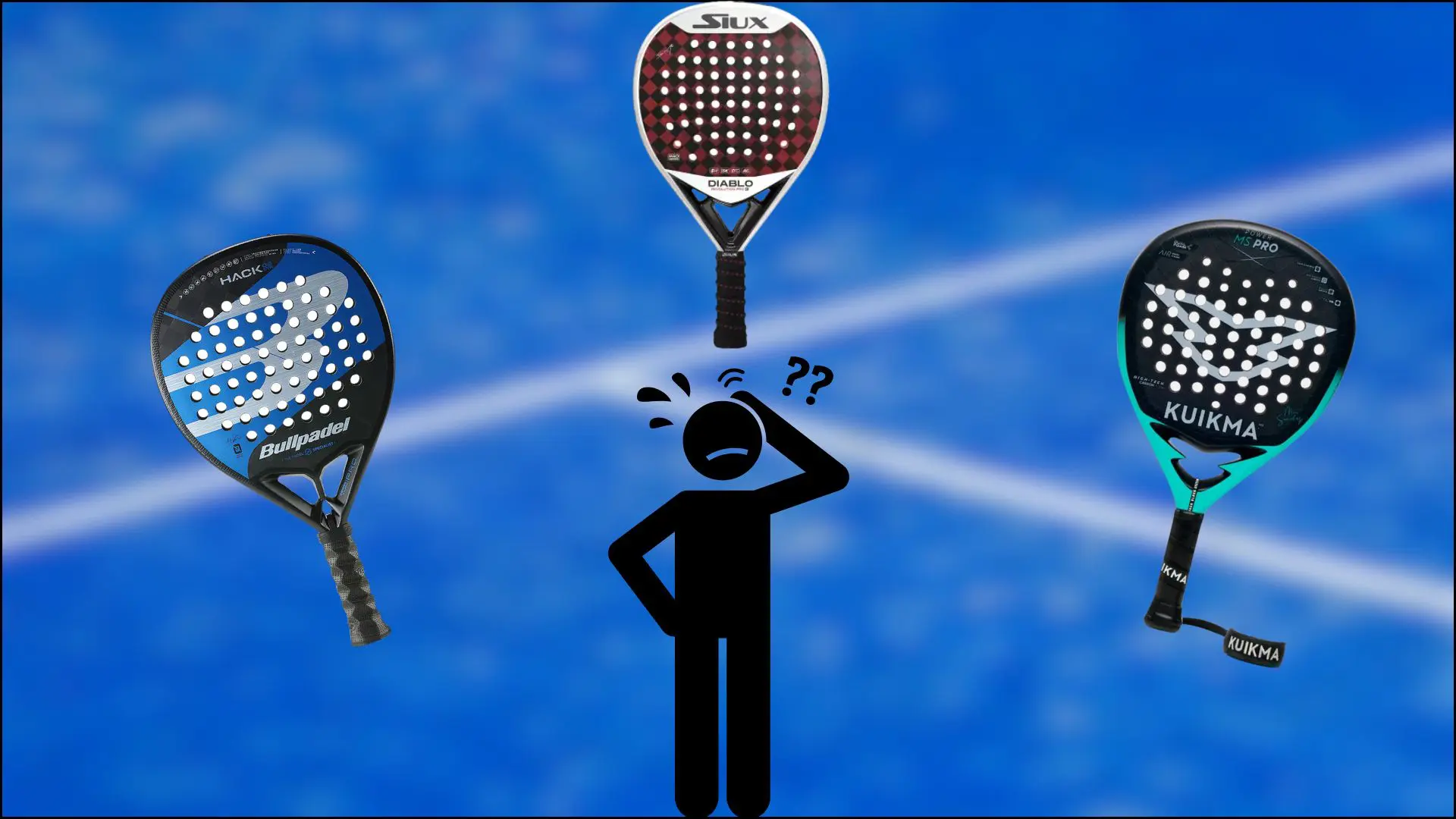 Choose your racquet padel in 3 steps
Choose your racquet padel in 3 steps What if you could discover, perform and save by playing padel ?
What if you could discover, perform and save by playing padel ?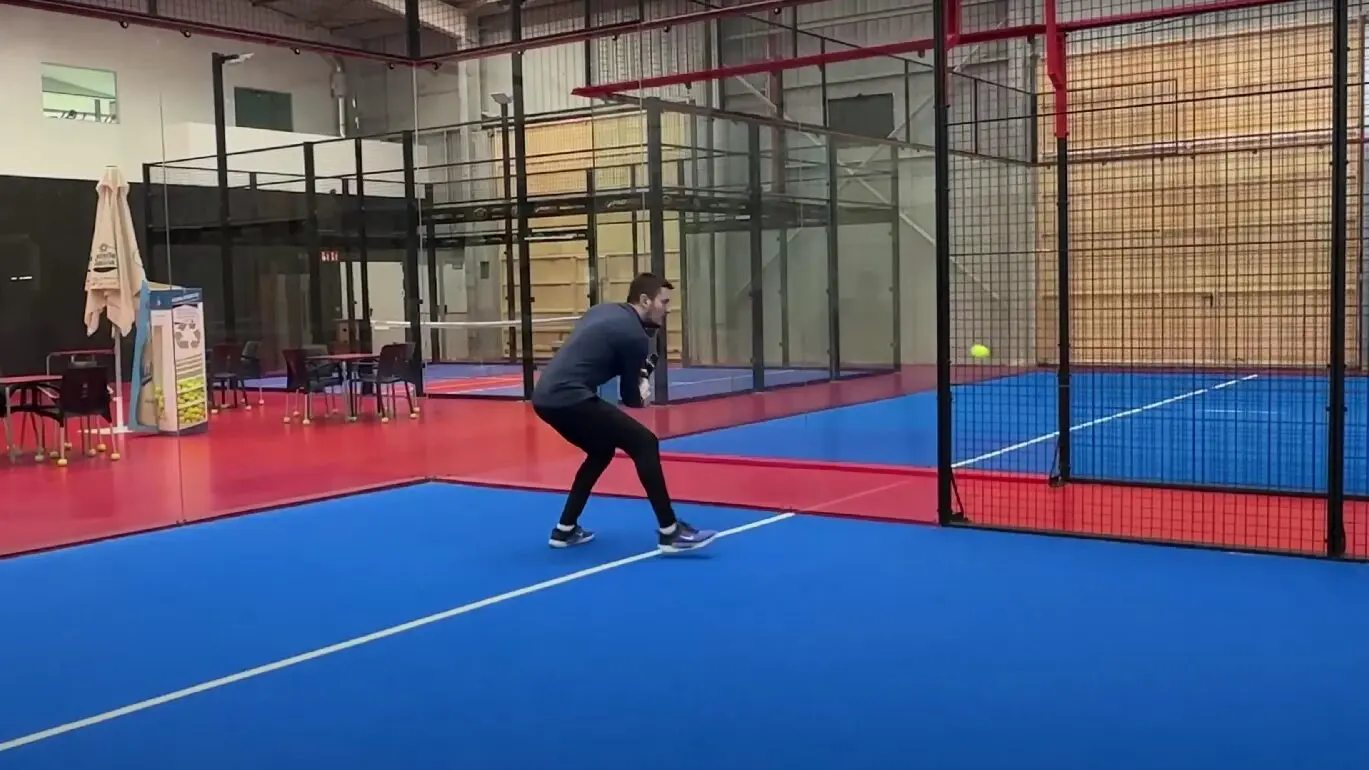 At the heart of padel – Episode 22: defend the grid
At the heart of padel – Episode 22: defend the grid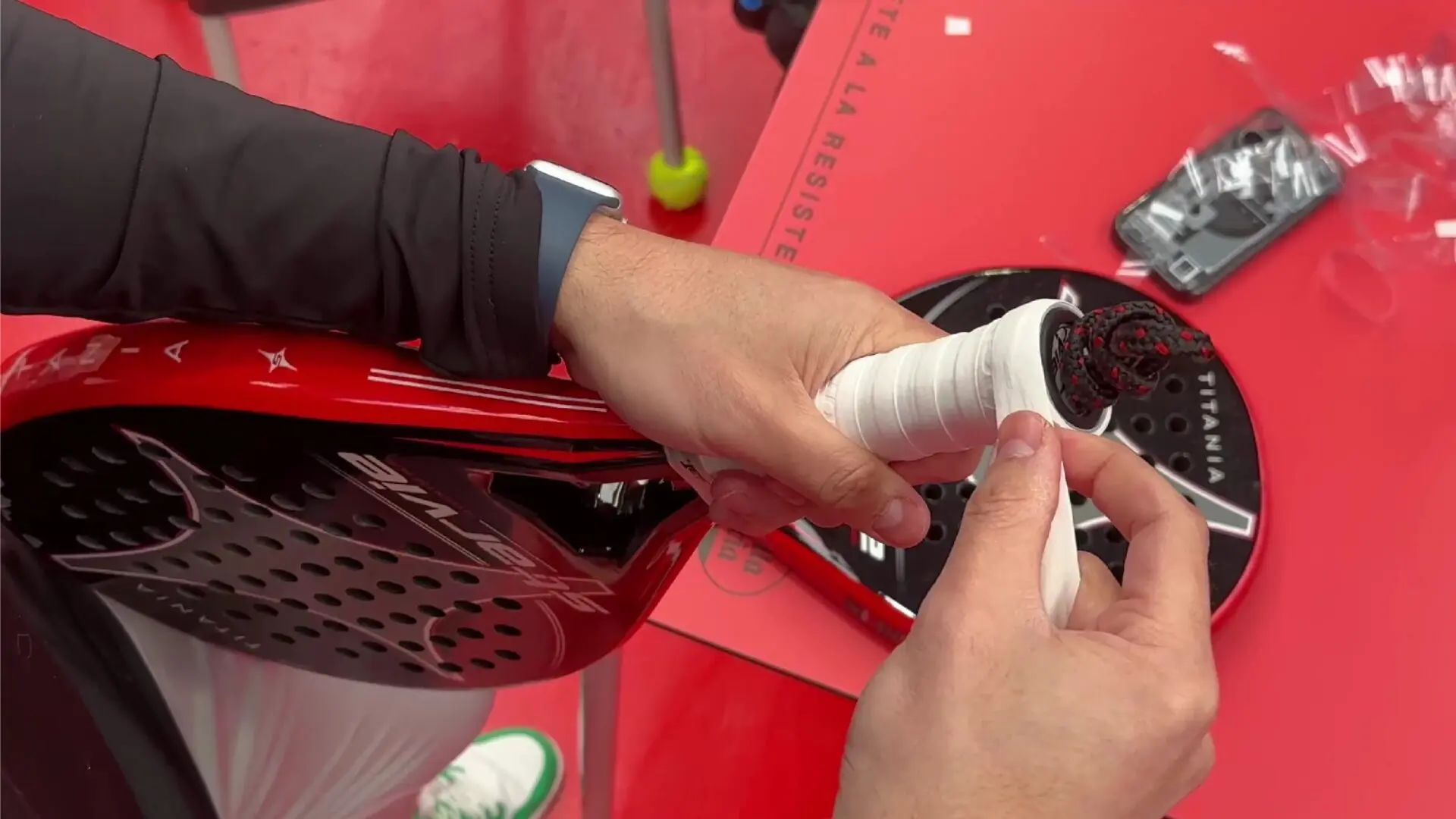 At the heart of padel – Episode 21: how to put an overgrip on a tennis racket padel ?
At the heart of padel – Episode 21: how to put an overgrip on a tennis racket padel ? Video – A match point that hurts Lamperti’s head!
Video – A match point that hurts Lamperti’s head!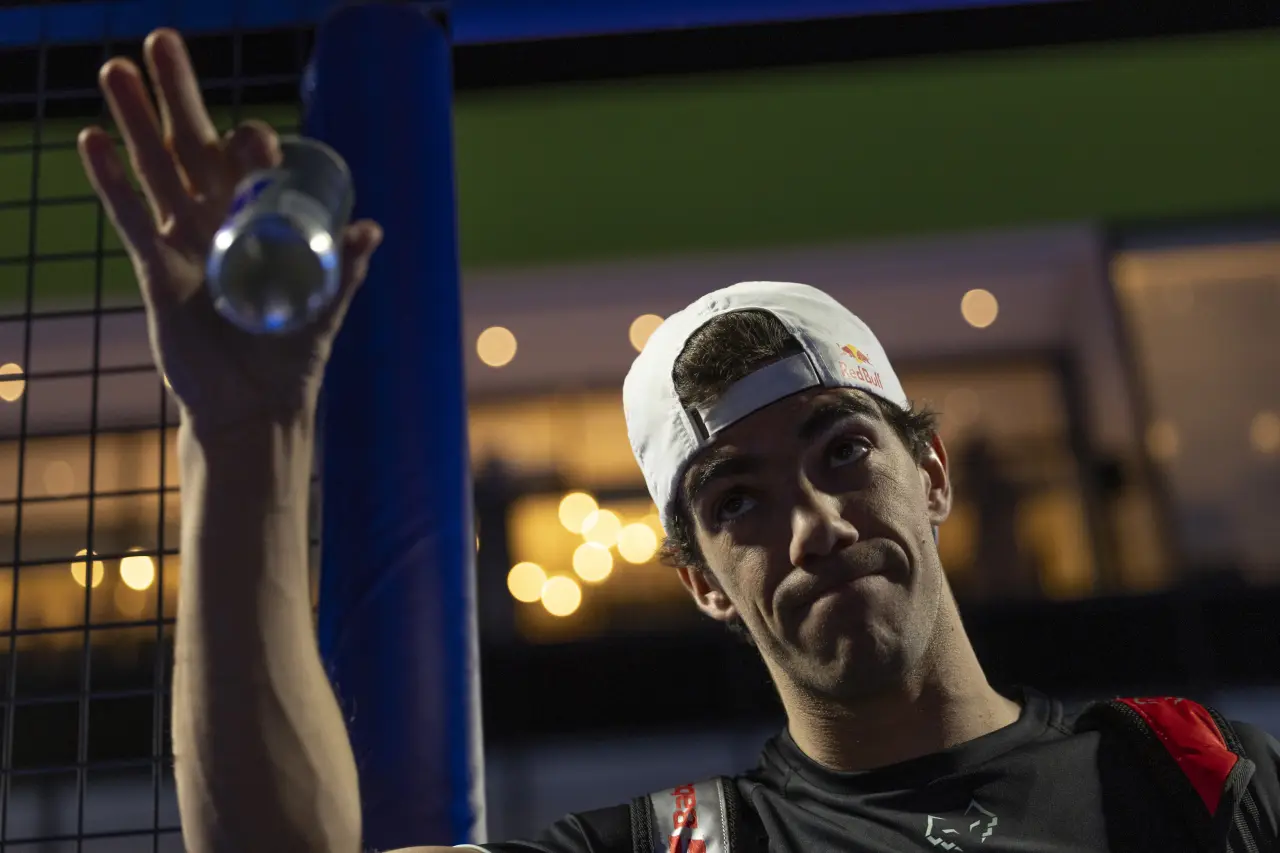 The dormilona signed Juan Lebron!
The dormilona signed Juan Lebron!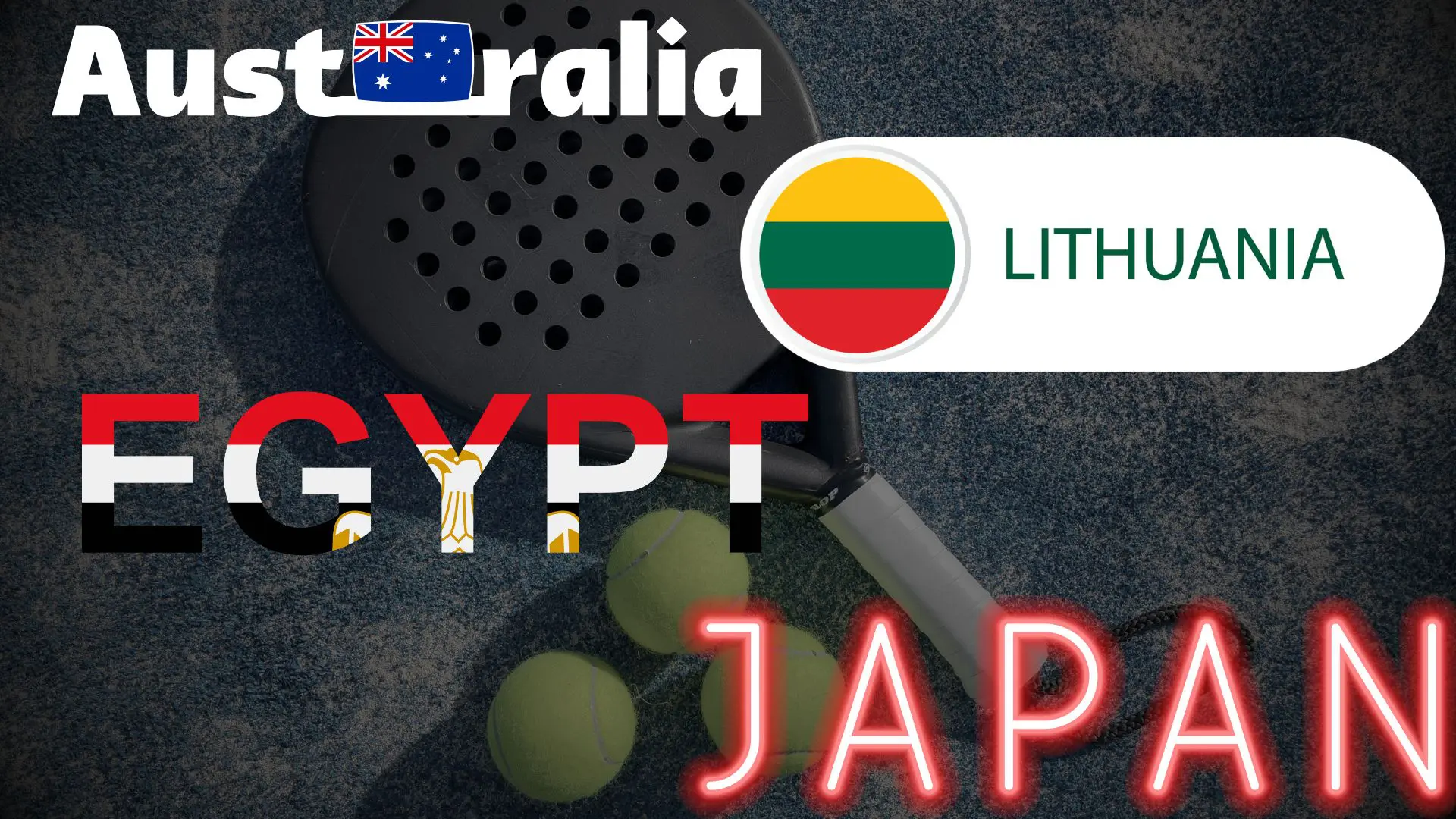 FIP Tour – Going far from Europe, THE strategy to earn points!
FIP Tour – Going far from Europe, THE strategy to earn points! What is a good football player? padel ?
What is a good football player? padel ? “Lefties give me headaches when I play against them!”
“Lefties give me headaches when I play against them!”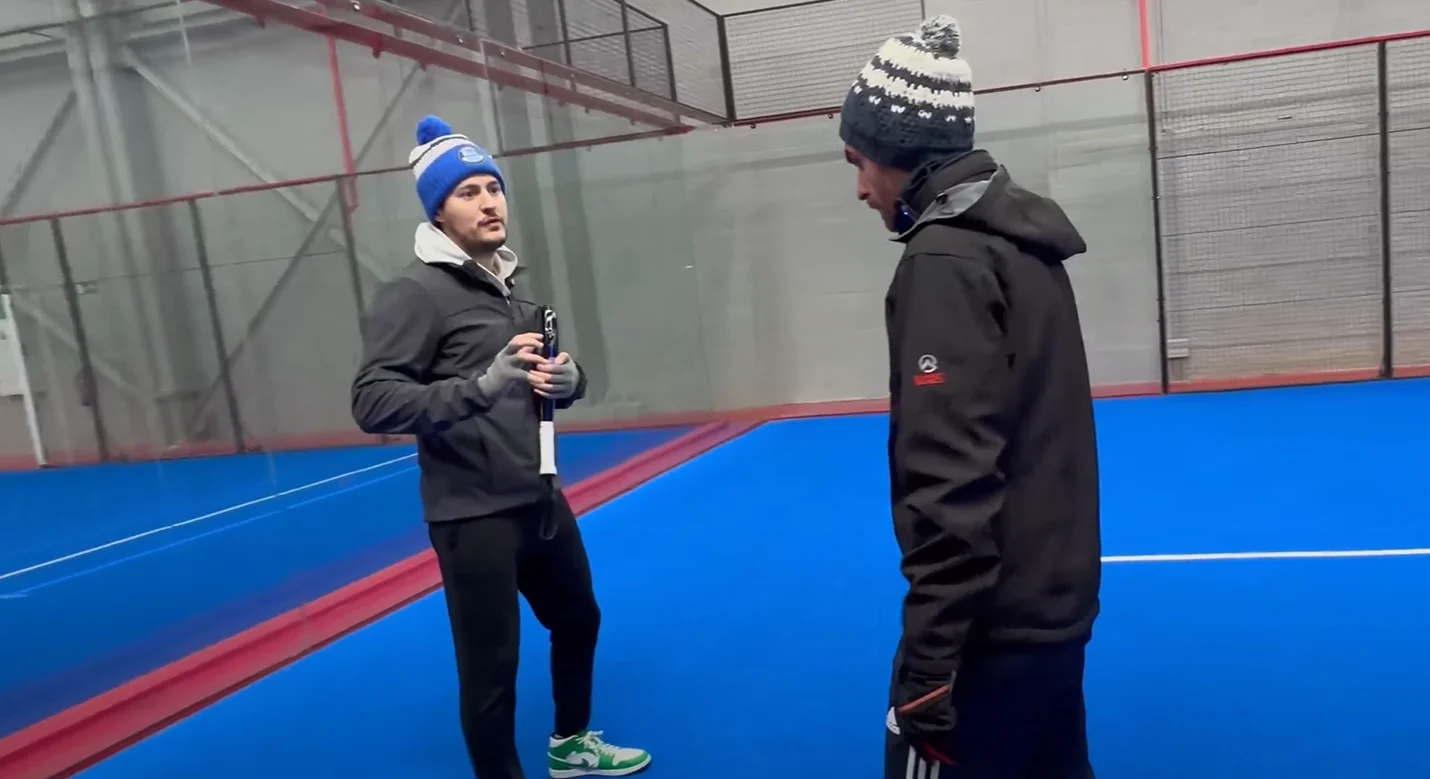 At the heart of padel – Episode 14: how to earn points in winter?
At the heart of padel – Episode 14: how to earn points in winter?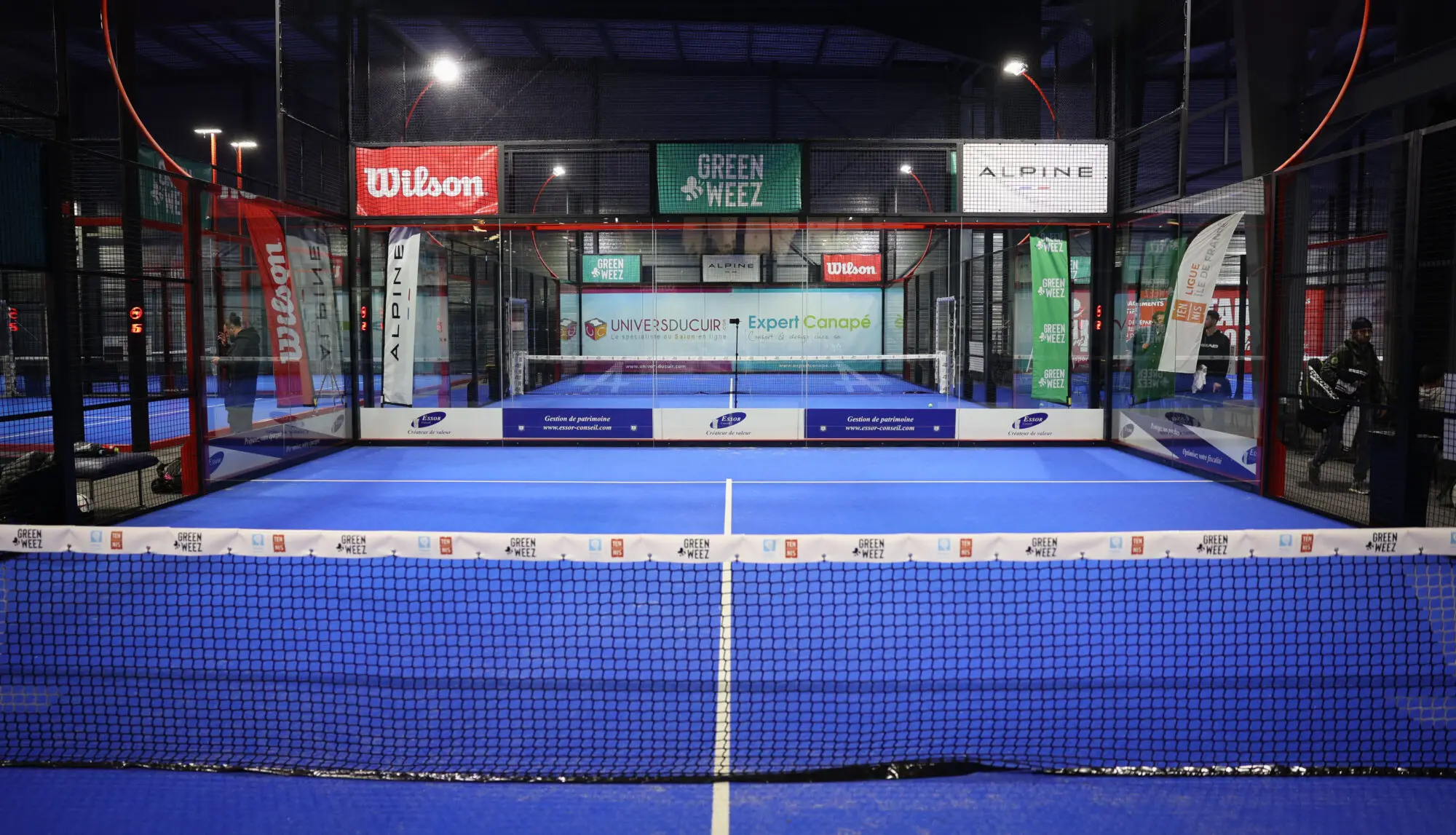 P1000 to P2000: minimum heights and spaces required for slope exits?
P1000 to P2000: minimum heights and spaces required for slope exits?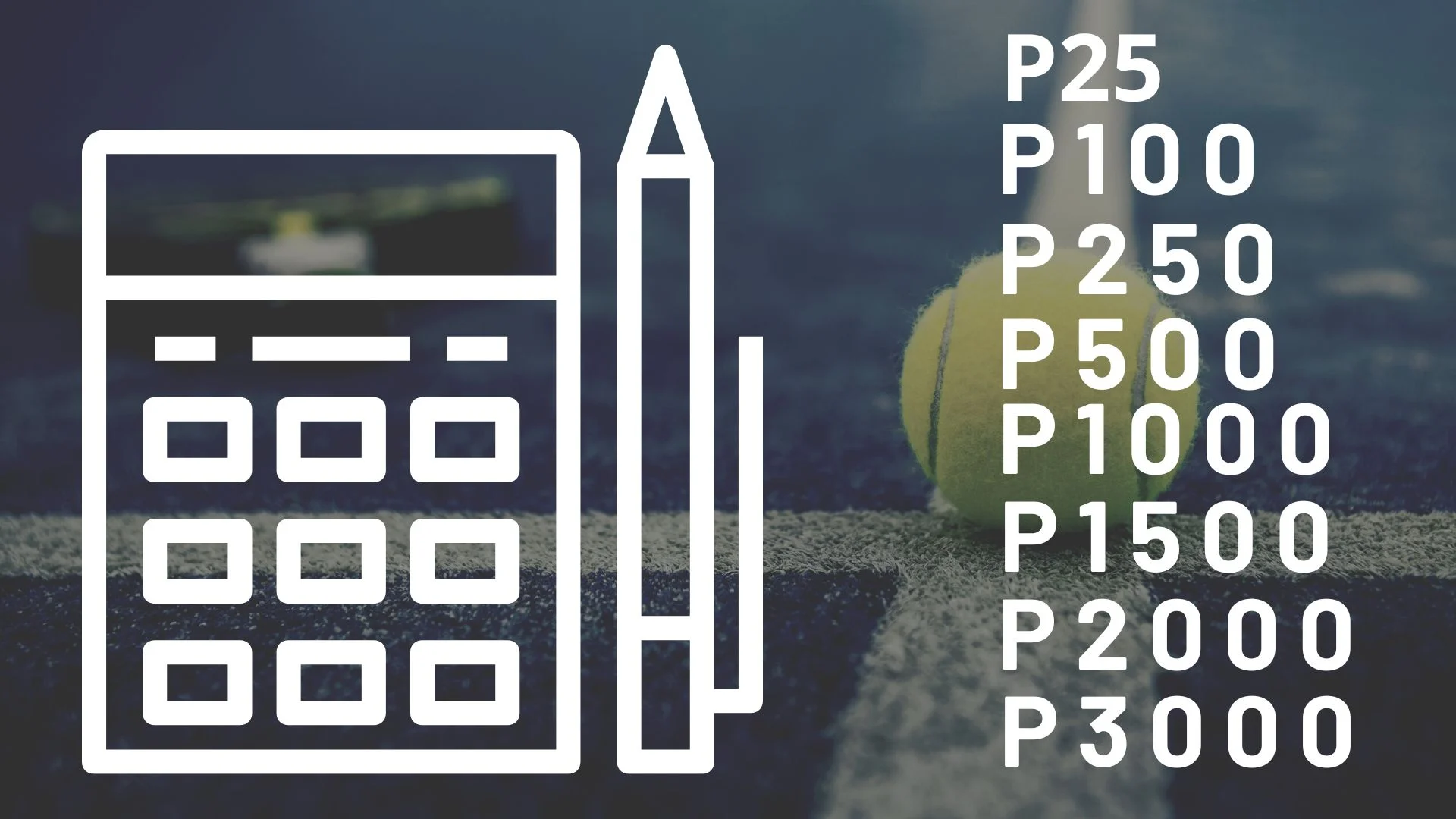 How to approve a tournament padel ?
How to approve a tournament padel ? How classification assimilations work in the padel in France
How classification assimilations work in the padel in France Prohibition on playing topless Padel : the reasons
Prohibition on playing topless Padel : the reasons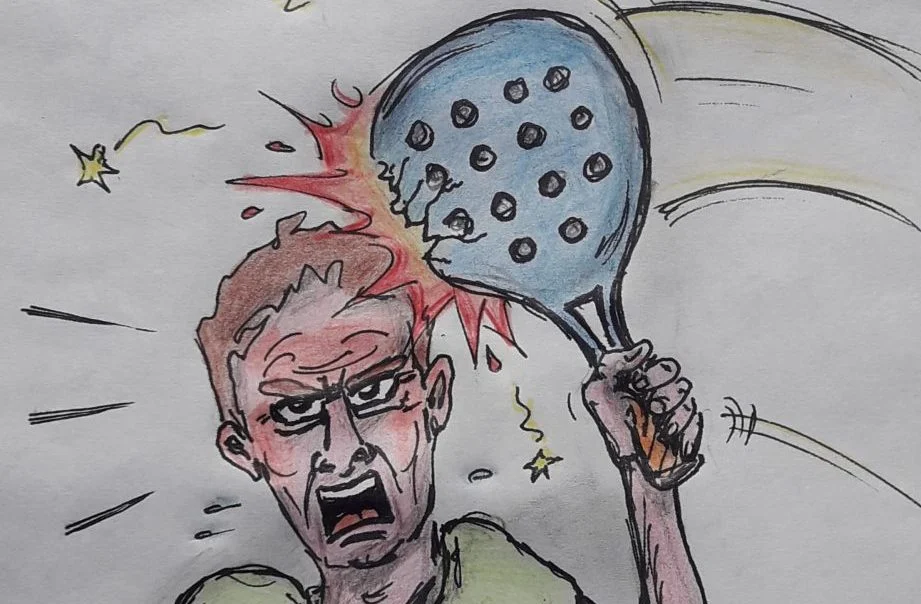 Don't play with a cracked or broken racket, your body will thank you!
Don't play with a cracked or broken racket, your body will thank you! Michel Cymes: “The padel, physically, it’s serious!”
Michel Cymes: “The padel, physically, it’s serious!”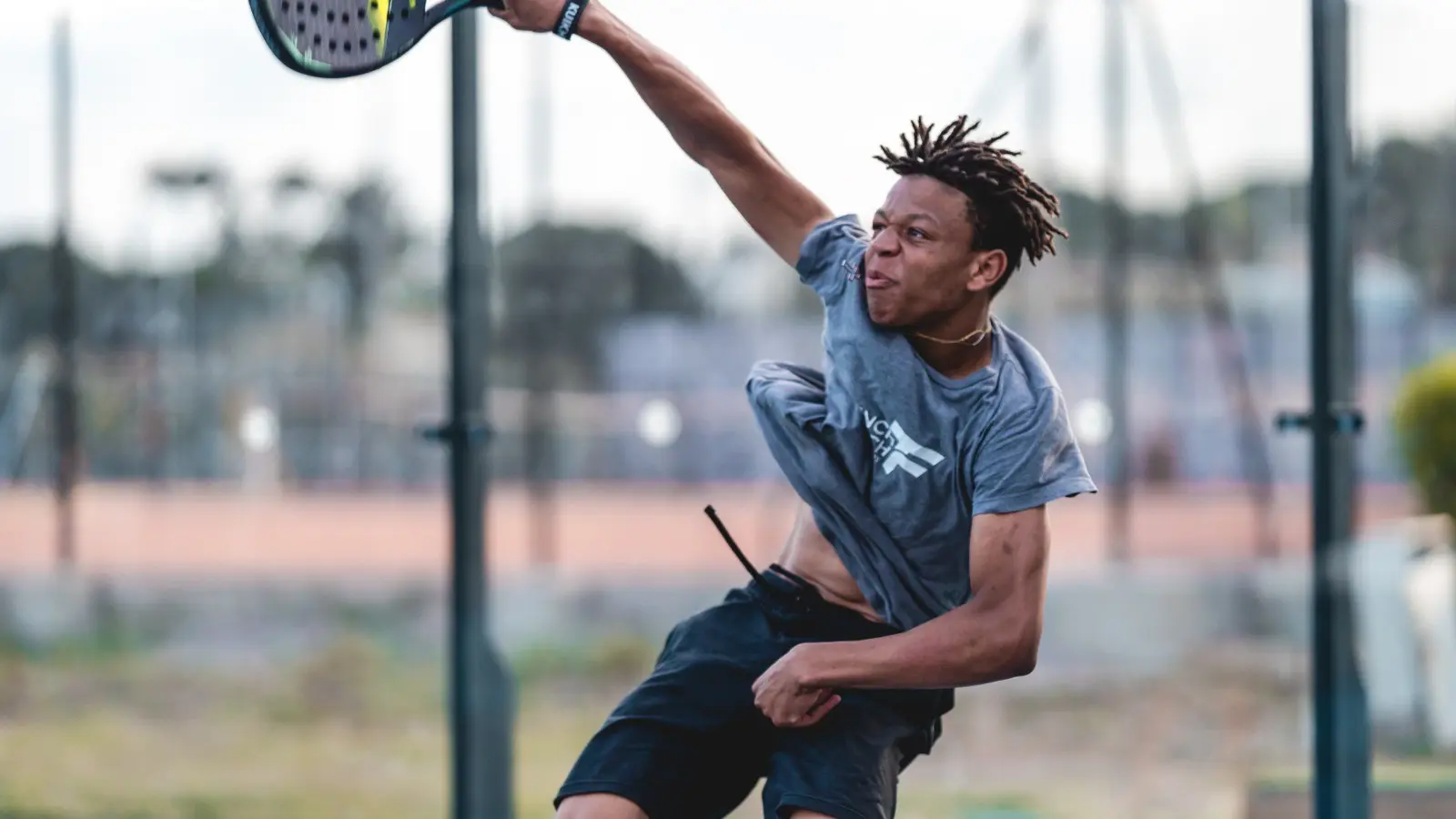 The French Touch Academy organizes its selection day Padel-Study
The French Touch Academy organizes its selection day Padel-Study Report on the detection and training of younger generations
Report on the detection and training of younger generations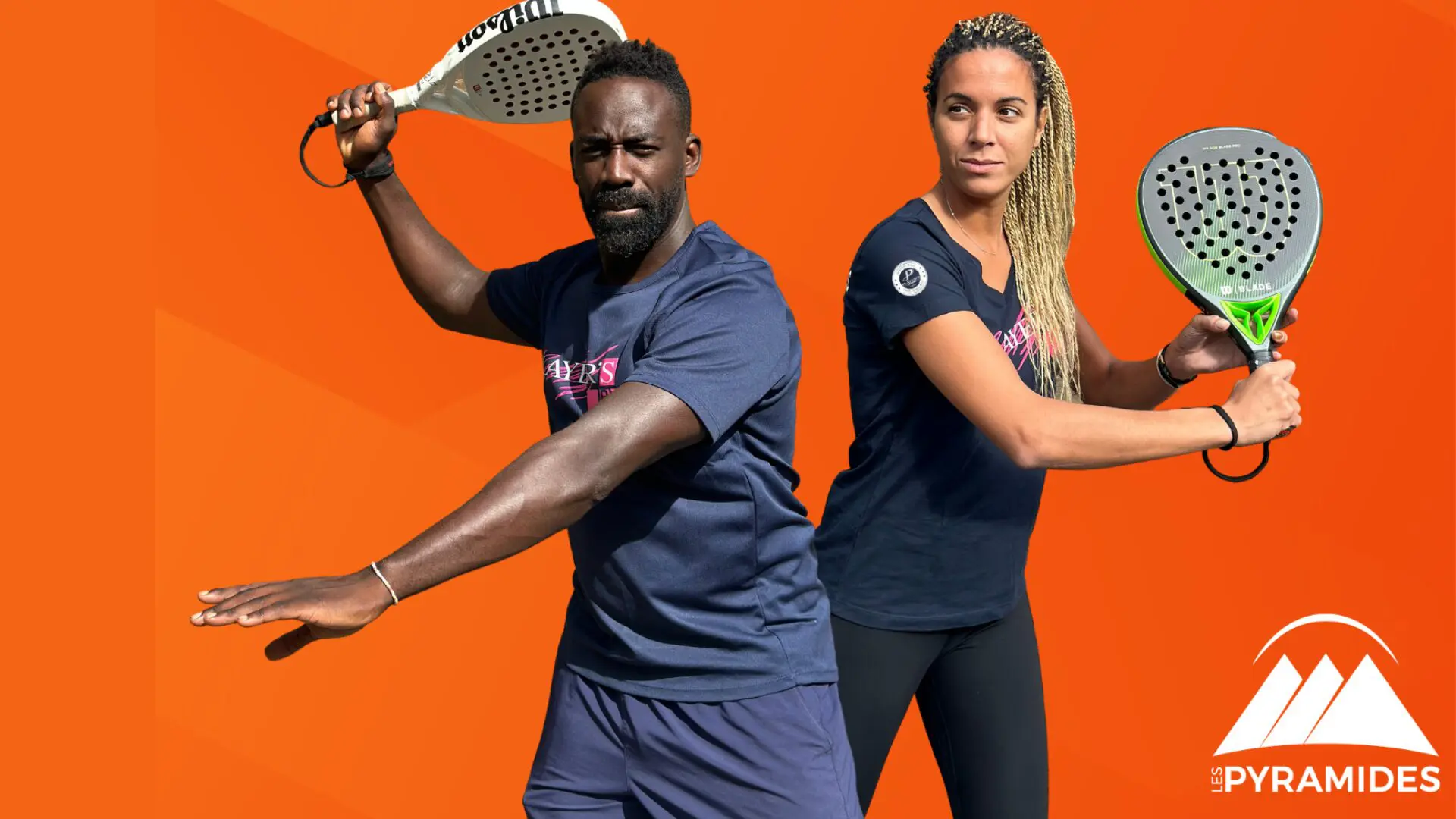 Player's adult courses from April 8 to 21, 2024!
Player's adult courses from April 8 to 21, 2024!